Enjoy this long-haul Bugatti fantasy.
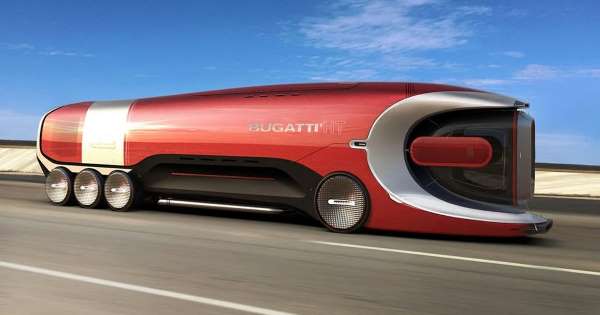

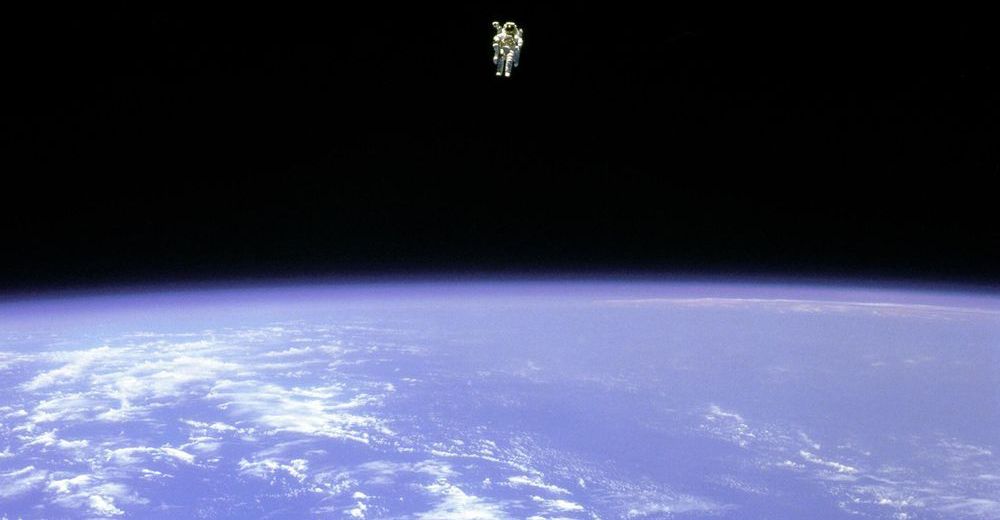
Isolated at home? Then train like an astronaut.
That’s the inspirational advice from a public engagement specialist at NASA’s Jet Propulsion Laboratory in Pasadena, California.
Astronaut wannabe Rachel Zimmerman-Brachman said Friday that isolation is a lot like astronaut training. So she came up with this positive message and launched it via Facebook on Thursday:
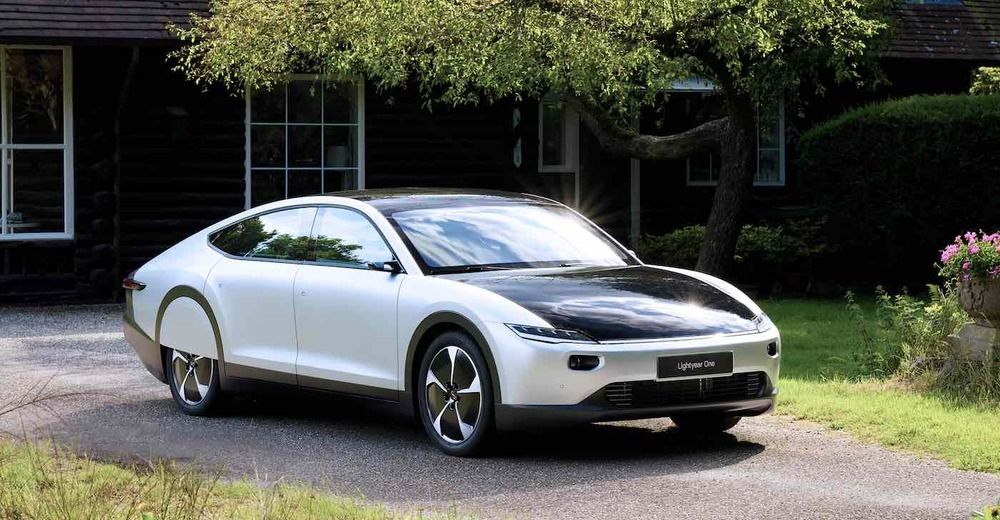
A Dutch company from Eindhoven has released a prototype car called Lightyear One, that won the Bridgestone World Solar Challenge, being the very first long-range solar car in the world. It has already sold 100 orders to be filled in 2011 and is a four-passenger vehicle.
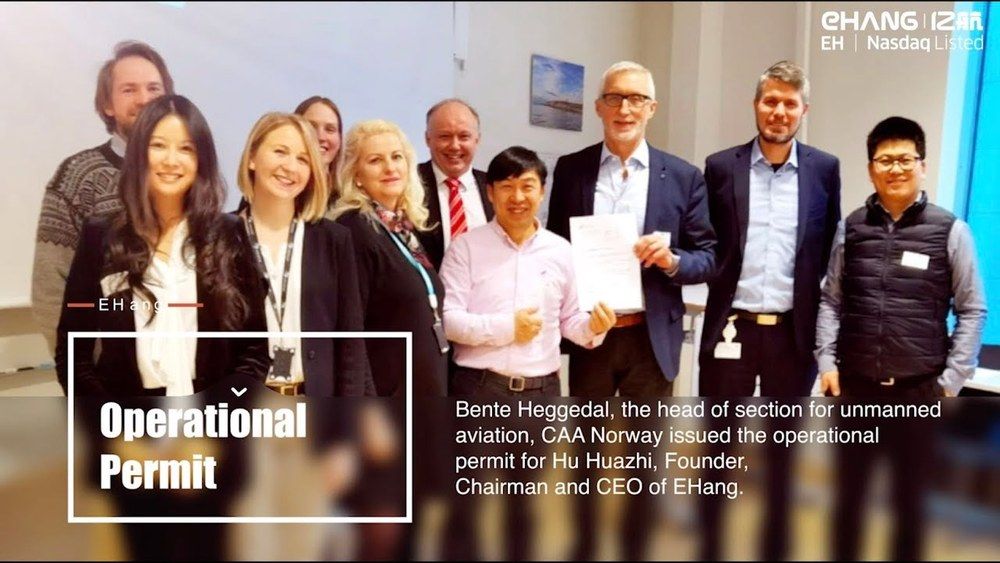
EHang gets go-ahead from Norway to test its eVTOL eHang 216.
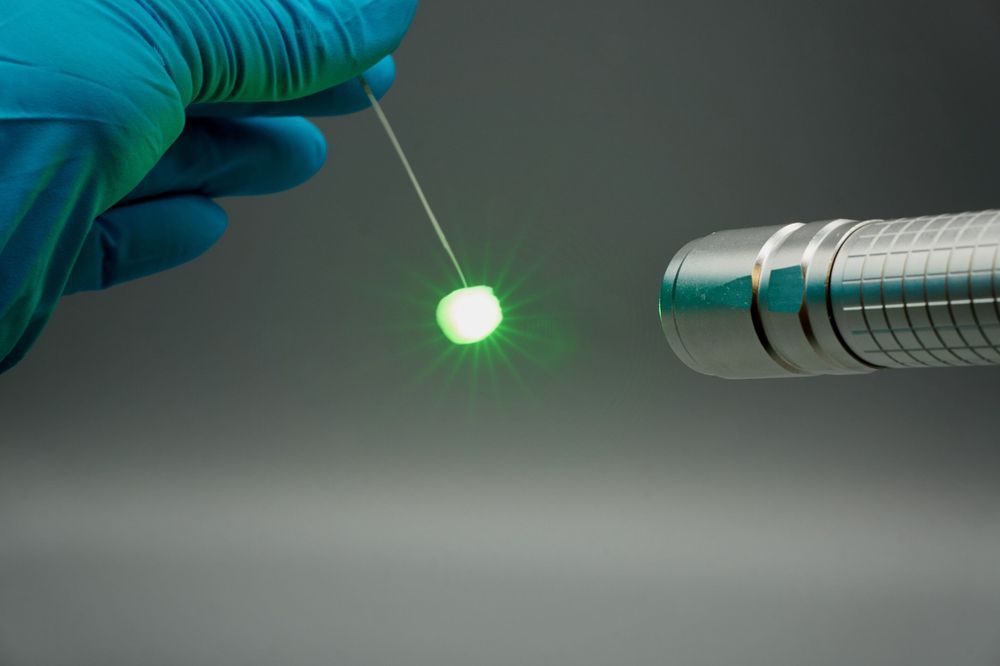
With a porosity of 99.99 %, it consists practically only of air, making it one of the lightest materials in the world: Aerobornitride is the name of the material developed by an international research team led by Kiel University. The scientists assume that they have thereby created a central basis for bringing laser light into a broad application range. Based on a boron-nitrogen compound, they developed a special three-dimensional nanostructure that scatters light very strongly and hardly absorbs it. Irradiated with a laser, the material emits uniform lighting, which, depending on the type of laser, is much more efficient and powerful than LED light. Thus, lamps for car headlights, projectors or room lighting with laser light could become smaller and brighter in the future. The research team presents their results in the current issue of the renowned journal Nature Communications, which was published today.
More light in the smallest space
In research and industry, laser light has long been considered the “next generation” of light sources that could even exceed the efficiency of LEDs (light-emitting diode). “For very bright or a lot of light, you need a large number of LEDs and thus space. But the same amount of light could also be obtained with a single laser diode that is one-thousandth smaller,” Dr. Fabian Schütt emphasizes the potential. The materials scientist from the working group “Functional Nanomaterials” at Kiel University is the first author of the study, which involves other researchers from Germany, England, Italy, Denmark and South Korea.
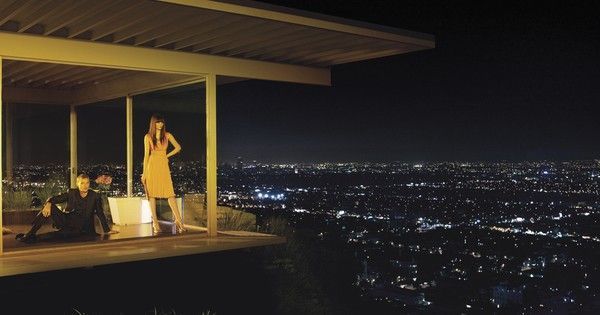
Justin Thomas considers bidets to be “a key green technology” because they eliminate the use of toilet paper. According to his analysis, Americans use 36.5 billion rolls of toilet paper every year, representing the pulping of some 15 million trees. Says Thomas: “This also involves 473,587,500,000 gallons of water to produce the paper and 253,000 tons of chlorine for bleaching.” He adds that manufacturing requires about 17.3 terawatts of electricity annually and that significant amounts of energy and materials are used in packaging and in transportation to retail outlets.
That’s a lot of water, far more than is actually used by the bidet itself.
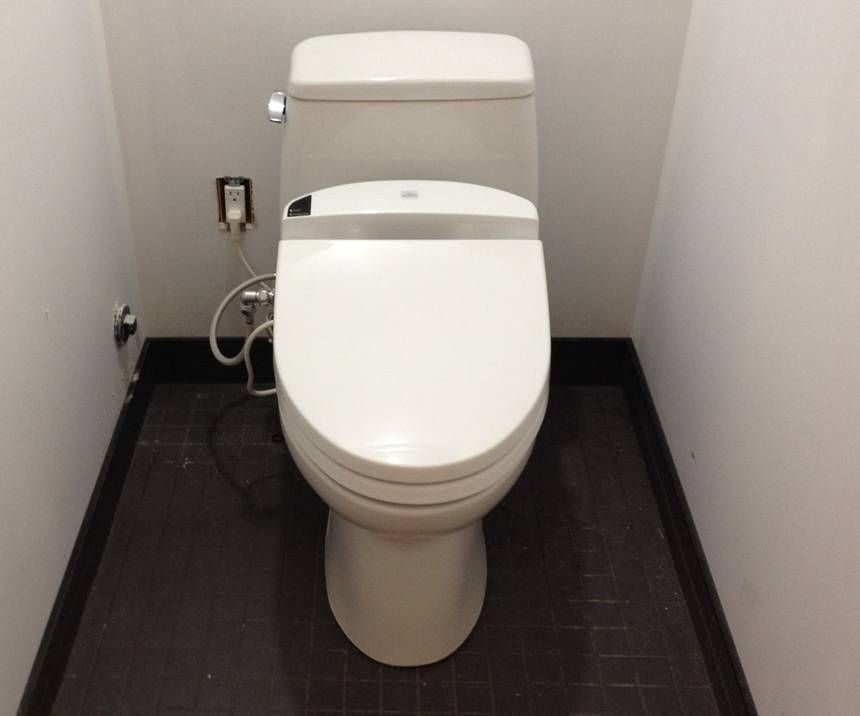 Lloyd Alter/ toto toilet with washlet/CC BY 2.0
Lloyd Alter/ toto toilet with washlet/CC BY 2.0

In a multiyear effort involving three national laboratories from across the United States, researchers have successfully built and tested a powerful new magnet based on an advanced superconducting material. The eight-ton device—about as long as a semi-truck trailer—set a record for the highest field strength ever recorded for an accelerator focusing magnet and raises the standard for magnets operating in high-energy particle colliders.
The Department of Energy’s Fermilab, Brookhaven National Laboratory and Lawrence Berkeley National Laboratory designed, built and tested the new magnet, one of 16 they will provide for operation in the High-Luminosity Large Hadron Collider at CERN laboratory in Europe. The 16 magnets, along with another eight produced by CERN, serve as “optics” for charged particles: They will focus beams of protons into a tiny, infinitesimal spot as they approach collision inside two different particle detectors.
The ingredient that sets these U.S.-produced magnets apart is niobium-tin—a superconducting material that produces strong magnetic fields. These will be the first niobium-tin quadrupole magnets ever to operate in a particle accelerator.

I have spent the past several years of my life desperately trying to warn humanity that the robots are coming to destroy us all, and everybody laughed at me. But this week—shortly after the T-1000 was seen smooching his miniature horse and donkey—a robot noodle chef has taken over soba-making duties at a Tokyo train station, so who’s laughing now? (The robots are laughing now.)
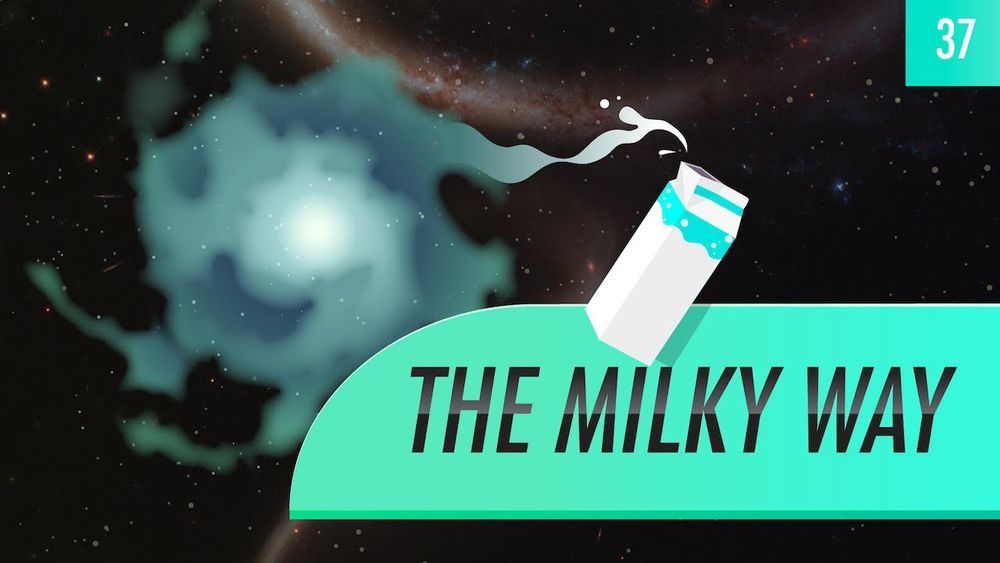
I frankly think this of exotic species unknown but it has exotic movement.
With over 4,000 exoplanets found so far, it takes a particularly interesting one to stand out.
LHS 1815b literally does that. While most planet-bearing stars we find orbit the Milky Way in the plane of its disk, this planet’s host star’s orbit takes it well out of that plane, flying way up over the galaxy and way down below it over time, giving it a pretty interesting view of our galaxy.
First, the planet: It was found in TESS data, the Transiting Exoplanet Survey Satellite. This mission is surveying the entire sky, looking for planets around brighter stars. These tend to be closer to us, so TESS is finding planets that are in our neighborhood, galactically speaking.
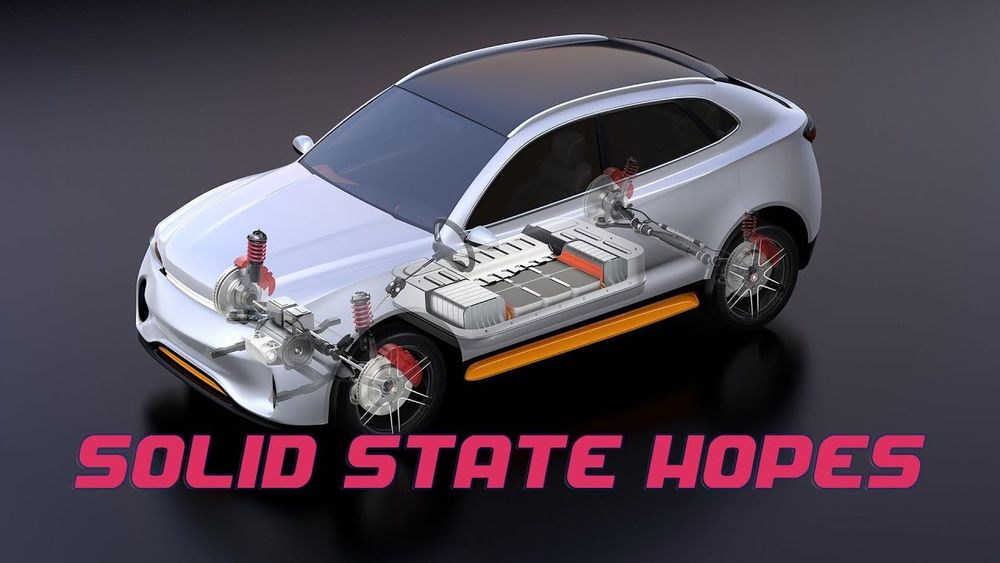
This video was made possible thanks to the kind donations of our supporters on Patreon and Ko-fi. Join them in supporting us.
Buy the team a coffee — or a meal! https://ko-fi.com/transportevolved
Follow our ‘second’ channel — Transport Evolved Take Two, at https://www.youtube.com/transportevolvedtake2
Follow the show on Twitter https://www.twitter.com/TransportEvolve
Buy Transport Evolved SWAG : https://teespring.com/stores/transport-evolved
Join our Discord Channel: https://discord.gg/9WAjfQn
Support us on Patreon: https://www.patreon.com/transportevolved
Follow Nikki’s personal channel at https://www.youtube.com/channel/UCZWSrDEYcNoio7QaetV_JKA
——
While most electric cars already travel further per charge than most people need them to on a daily basis, there’s still a massive hunt to find the longest-range, cheapest, longest-life battery pack possible for future generations of EVs.
We’ve known for a while that solid-state technology is likely to play a massive part in next-generation electric cars — but exactly what the make up of those solid-state batteries will be is still unknown.
Earlier today though, Samsung announced a new battery breakthrough that it says will make it possible to build a solid-state battery pack capable of more than 800-miles per charge while halving the physical battery size compared to today’s battery packs.
Watch the video above to find out more, support us with the provided links, and let us know what you think below — but remember to keep your comments civil!
Presenter: nikki gordon-bloomfield produced: transport evolved